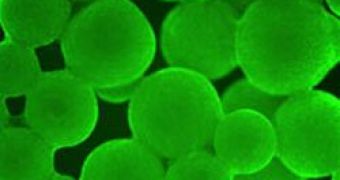Due to the controversies related to the methods used to obtain embryonic stem cells, researchers have focused their efforts on adult ones, which could become an equally powerful weapon in the battle against diseases.
However, up until now, multiplying them in laboratory conditions has been nearly impossible, and this is because of the adult stem cells' refusal to differentiate into a mature tissue once isolated from the body.
Fortunately, a team of researchers led by Biology Professor Harvey Lodish has come up with a method to multiply an adult stem cell 30, a success which promises important progresses, especially in the field of bone marrow transplants.
"A 30-fold increase is ten times higher than anyone's achieved before," says Lodish, senior author on the paper, which will be published in Nature Medicine.
"People have been culturing and working with these cells for years, and never before have we seen such an increase," says Chengcheng Zhang, one of the researchers.
Currently, patients with certain blood diseases are treated with stem cells that can be acquired either from a donor's bone marrow or from cord blood.
Still, in both cases, the effective number of stem cells is almost always lower than the one needed to treat the patient. This technique could fix this.
Along with the benefits related to stem cell therapies, the new discovery could also contribute to a better understanding of the process which takes place when the stem cell decides to differentiate in one type of cell.
"We want to know all sorts of things, like what genes are active in this stem cell, or how this stem cell decides to develop into one kind of cell as opposed to another," says Lodish.

 14 DAY TRIAL //
14 DAY TRIAL //